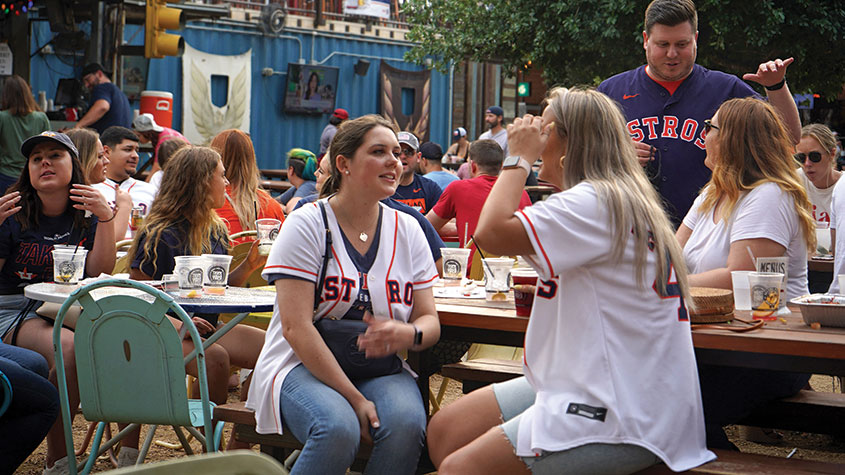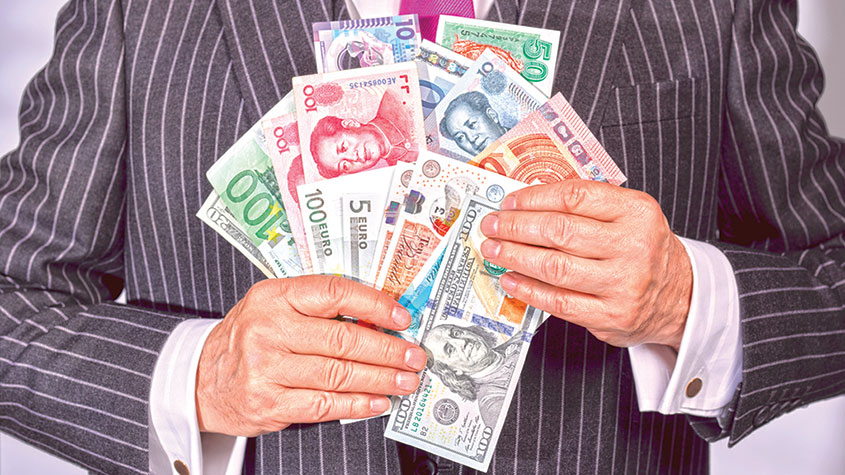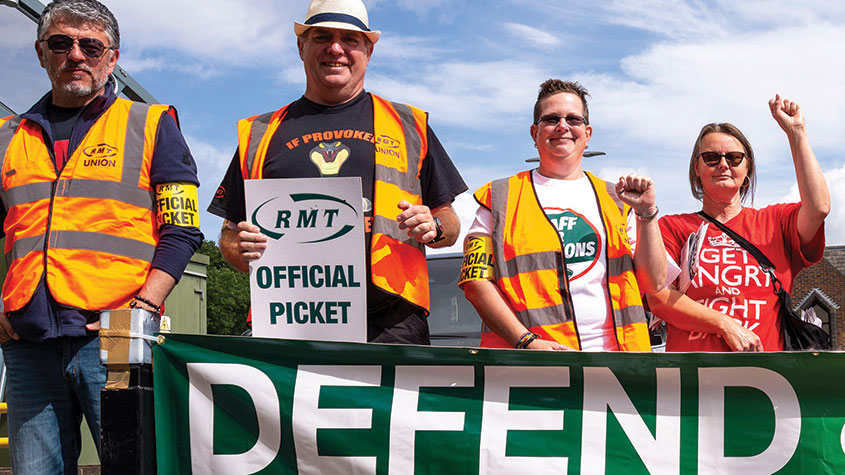The bump in the road
The US economy is picking and things look to be slowly getting back to normal, says John Stepek. There's just one catch – and it's a big one.

We often think of today's monetary policy backdrop of 0% interest rates as being unprecedented. Here in the UK, for example, short-term rates the Bank of England rate basically haven't been this low since at least 1694, and perhaps even further back than that. However, while there are no precise parallels for what we're living through, a dig around shows it's not quite as unique as we might think.
The other day, I pulled out an old Federal Reserve research paper from November 2000: Monetary policy when the nominal short-term interest rate is zero. One of the many charts in this rather dry read notes that US short-term rates fell to near-0% after the Great Depression, and occasionally even dipped into negative territory between 1938 and 1941.
Of course, plenty of people have made comparisons between today and the 1930s. We're all worried about populism, false recoveries and deflation. But putting aside geopolitics, what really made me stop and think is just how long it took for US rates to rise from that 0% level. Rates first hit 0% in 1932. They didn't get back above 1% until 1948, and it was the 1960s before they got back to the 5% most of us consider "normal". Might we see something similar today? Might a full-blown return to normality be decades rather than just years, or even months, away?
MoneyWeek
Subscribe to MoneyWeek today and get your first six magazine issues absolutely FREE

Sign up to Money Morning
Don't miss the latest investment and personal finances news, market analysis, plus money-saving tips with our free twice-daily newsletter
Don't miss the latest investment and personal finances news, market analysis, plus money-saving tips with our free twice-daily newsletter
You might think not. The Fed has already raised rates once (in December), and with US inflation picking up, many fear that Fed boss Janet Yellen and her team are already "behind the curve". And the reality is that they almost certainly are the US economy is hardly firing on all cylinders, but the latest data suggest that things are picking up slowly.
But there's a catch and it's a big one. As Niels Jensen notes in the Absolute Return Letter, global debt is simply too high to sustain a significant rise in rates. The Fed knows that "low interest rates are the only way a massive default can be avoided. It is therefore no coincidence at all that they appear to be behind the curve."
Inflation the "soft" default option is the easiest way for central banks to deal with the debt, and that's the path they'll stick to. So not only can we expect low interest rates to continue perhaps for much longer than we would have thought possible don't be surprised to see inflation nibble away at your returns too. That's grim news for savers it makes it tougher than ever to generate a decent return on your money.
Get the latest financial news, insights and expert analysis from our award-winning MoneyWeek team, to help you understand what really matters when it comes to your finances.
John Stepek is a senior reporter at Bloomberg News and a former editor of MoneyWeek magazine. He graduated from Strathclyde University with a degree in psychology in 1996 and has always been fascinated by the gap between the way the market works in theory and the way it works in practice, and by how our deep-rooted instincts work against our best interests as investors.
He started out in journalism by writing articles about the specific business challenges facing family firms. In 2003, he took a job on the finance desk of Teletext, where he spent two years covering the markets and breaking financial news.
His work has been published in Families in Business, Shares magazine, Spear's Magazine, The Sunday Times, and The Spectator among others. He has also appeared as an expert commentator on BBC Radio 4's Today programme, BBC Radio Scotland, Newsnight, Daily Politics and Bloomberg. His first book, on contrarian investing, The Sceptical Investor, was released in March 2019. You can follow John on Twitter at @john_stepek.
-
 Where did house prices rise and fall the most in 2025?
Where did house prices rise and fall the most in 2025?Some parts of the UK have seen yearly property price growth of up to 12.6%, but others have seen values fall by as much as 8.9%, research shows.
-
 ‘Why I have ditched my Help to Buy ISA for cash savings and the stock market’
‘Why I have ditched my Help to Buy ISA for cash savings and the stock market’Without the 25% bonus, my Help to Buy ISA is effectively redundant, says MoneyWeek writer Sam Walker.
-
 Inflation may be slipping but there is still plenty of misery ahead
Inflation may be slipping but there is still plenty of misery aheadEditor's letter Inflation may be a little lower than last month as the prices of petrol and diesel fall back, but it remains structural and long-term, says Merryn Somerset Webb. And there are no painless solutions.
-
 Beat the cost of living crisis – go on holiday
Beat the cost of living crisis – go on holidayEditor's letter As inflation rages, energy bills soar and the pound tanks, what’s a good way to save money this winter? Go on holiday, says Merryn Somerset Webb.
-
 How to tackle rising inflation and falling stockmarkets
How to tackle rising inflation and falling stockmarketsEditor's letter Inflation is rising around the world. Even though inflation is widely expected to return to around 3.5% next year, it is still wreaking havoc. Merryn Somerset-Webb explains what to do about it.
-
 How capitalism has been undermined by poor governance
How capitalism has been undermined by poor governanceEditor's letter Capitalism’s “ruthless efficiency” has been undermined by poor governance, a lack of competition and central banks’ over-enthusiastic money printing, says Andrew Van Sickle.
-
 Don't be scared by economic forecasting
Don't be scared by economic forecastingEditor's letter The Bank of England warned last week the UK will tip into recession this year. But predictions about stockmarkets, earnings or macroeconomic trends can be safely ignored, says Andrew Van Sickle.
-
 The biggest change in the last 17 years – the death of the “Greenspan put”
The biggest change in the last 17 years – the death of the “Greenspan put”Editor's letter Since I joined MoneyWeek 17 years ago, says John Stepek, we’ve seen a global financial crisis, a eurozone sovereign debt crisis , several Chinese growth scares, a global pandemic, and a land war in Europe. But the biggest change is the death of the “Greenspan put”.
-
 The wolf returns to the eurozone’s door
The wolf returns to the eurozone’s doorEditor's letter The eurozone’s intrinsic flaws have been exposed again as investors’ fears about Italy’s ability to pay its debt sends bond yields soaring.
-
 Things won't just return to normal – that's not how inflation works
Things won't just return to normal – that's not how inflation worksEditor's letter You might think that, if inflation is indeed “transitory”, we just need to wait and everything will return to “normal”. But this is a grave misunderstanding of how inflation works, says John Stepek.
